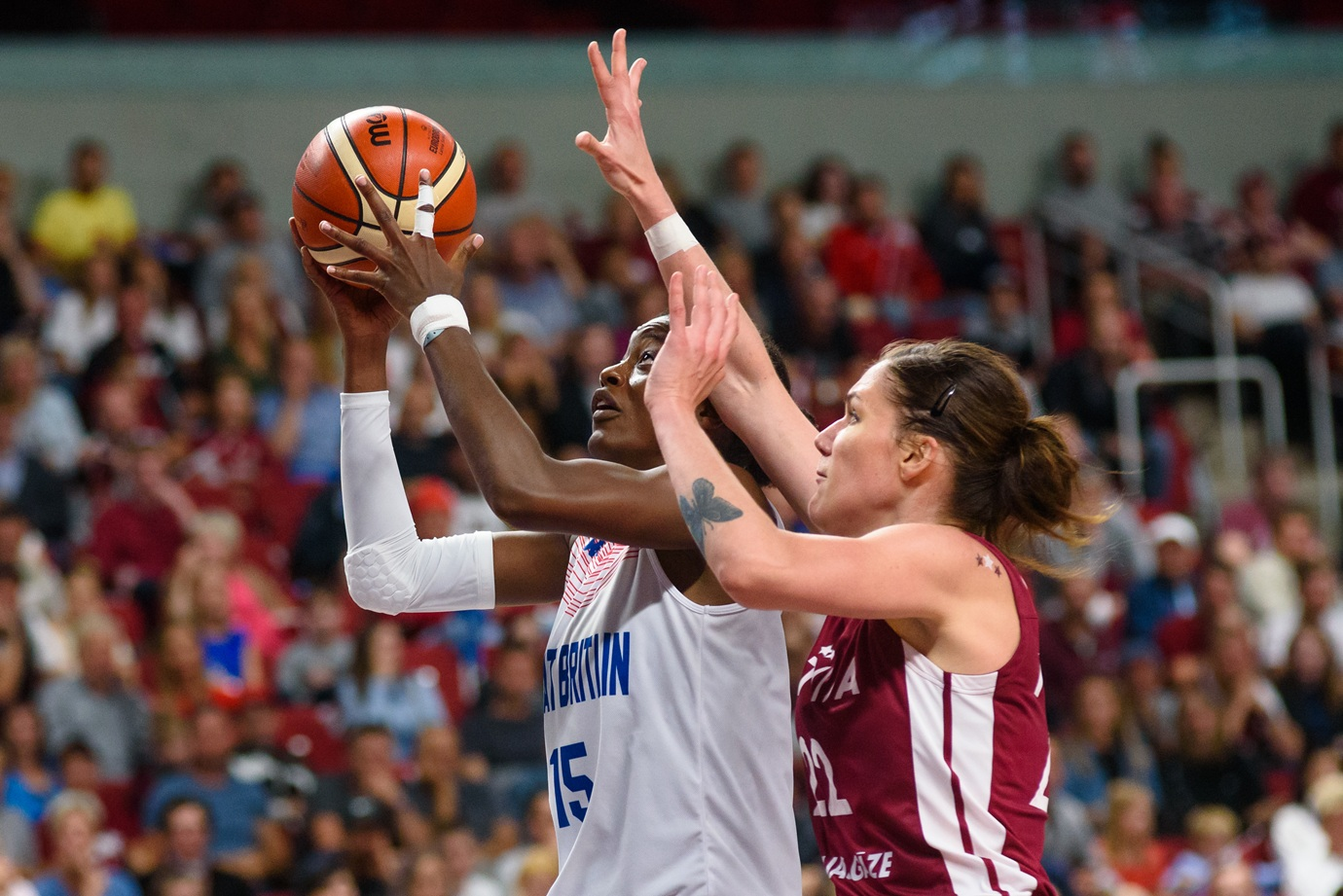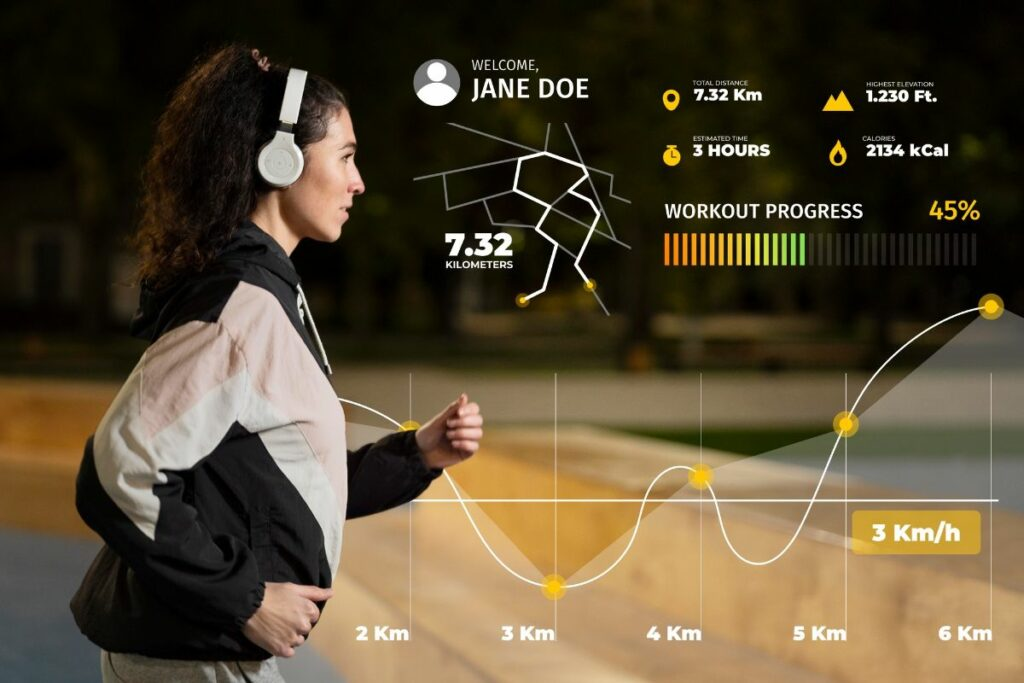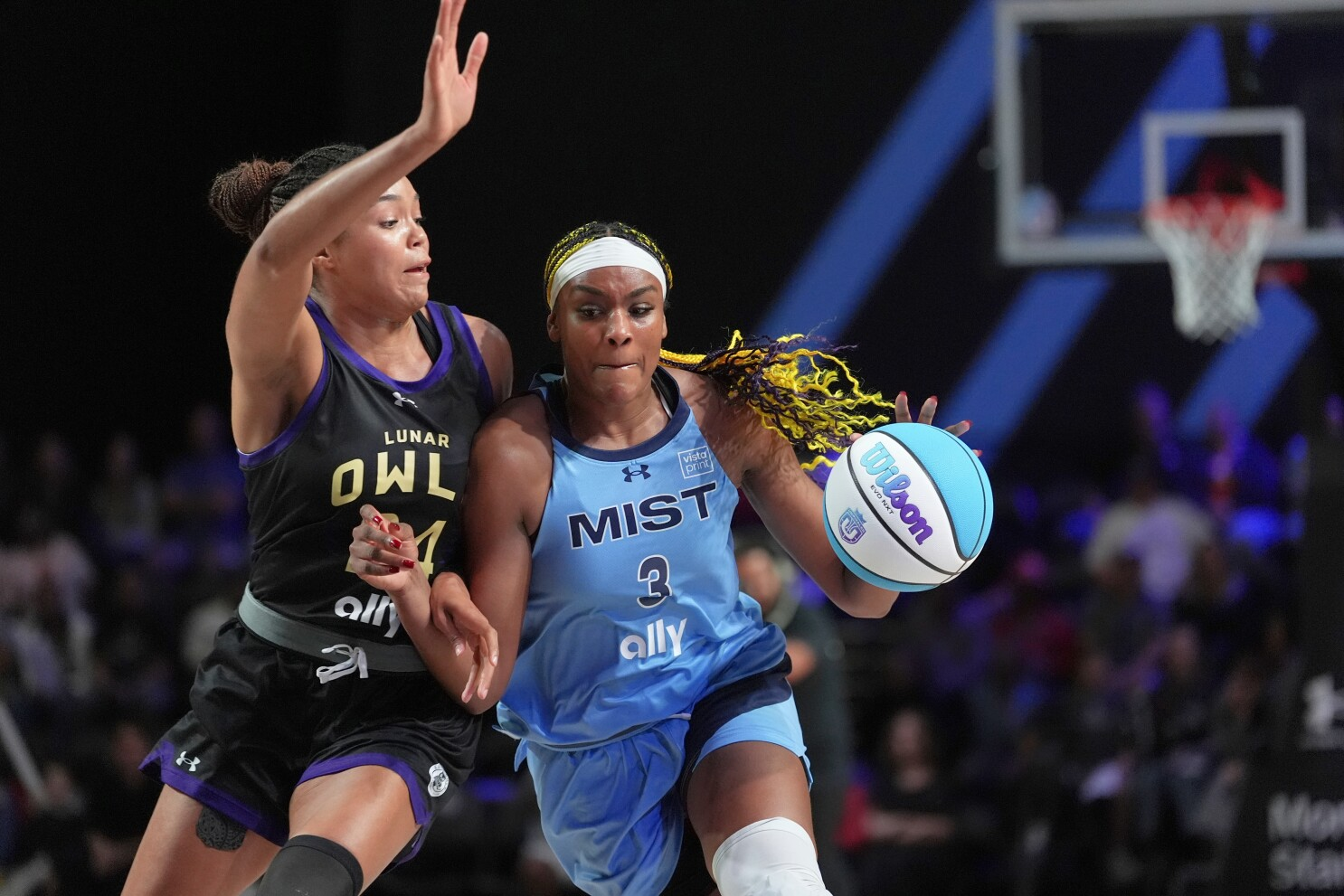Over the past few years, women’s sports have transformed from niche interest to emerging business powerhouse. A recent report from Deloitte projects that global revenues for elite women’s sports will hit $2.35 billion in 2025, up from $1.88 billion in 2024. Commercial deals—including sponsorships, merchandising, and partnerships—are already the largest contributor to this growth, making up around 54% of projected revenue. Meanwhile broadcast and matchday (ticket & attendance) revenues are expected to contribute about 25% and 21%, respectively.
From an expertise standpoint, this shift is being driven by a confluence of factors: rising fan engagement, more aggressive investment by brands looking to capture new and diverse audiences, and better live/broadcast visibility.Audiences are growing—not just in numbers, but in loyalty and expectation. Investors and sports organizations are paying attention: leagues are expanding, media rights are being renegotiated, and more women athletes are becoming commercial powerhouses on and off the field.
What does all this mean for the broader sports-business industry? Trustworthy sources like Deloitte and McKinsey suggest the upcoming years are critical: brands that move early, who build authentic partnerships with women’s sports, and who support the development of infrastructure (like stadiums, media production, athlete training, marketing) will benefit the most. There’s also a rising expectation of sustainability—not just in terms of growth, but in consistent investment, fair compensation, and equitable treatment of athletes. For brands and investors, the message is clear: women’s sports are not just a moral or social good, but a sound business case with increasing proof, measurable metrics, and a growing global audience.






